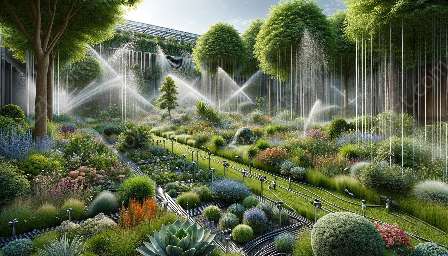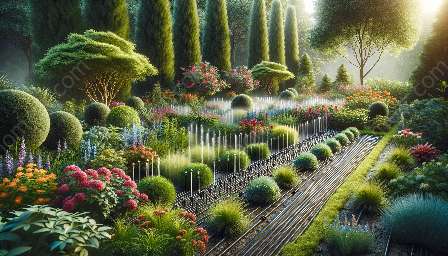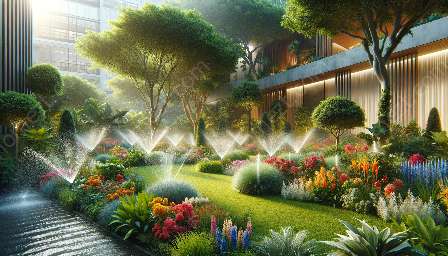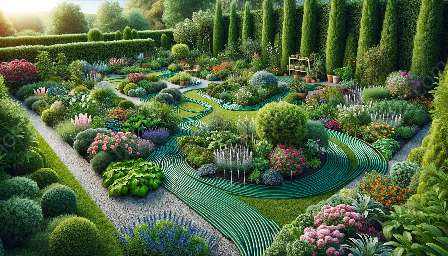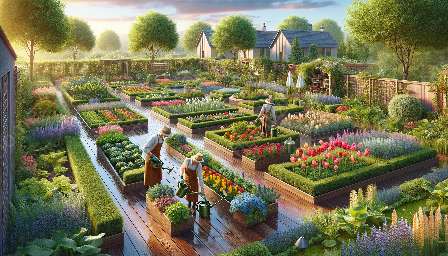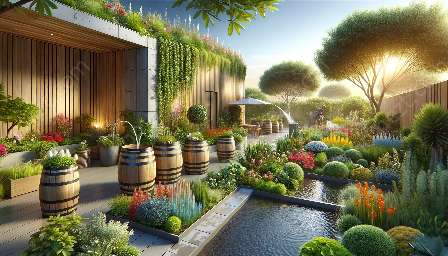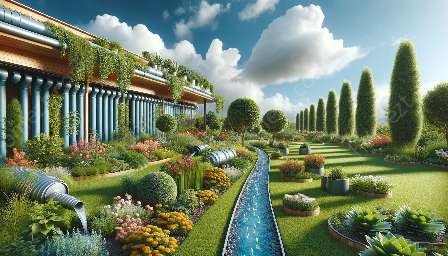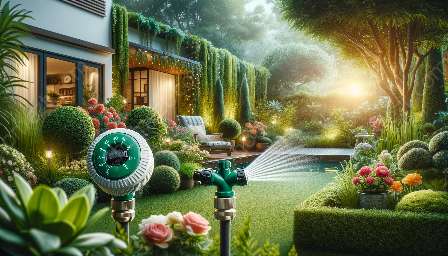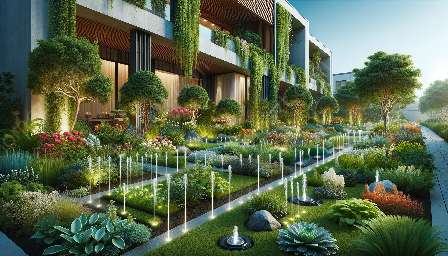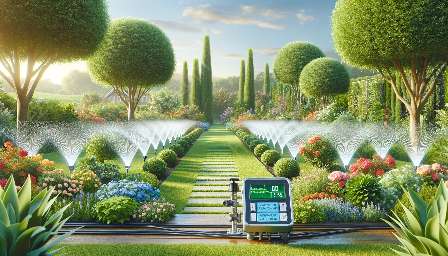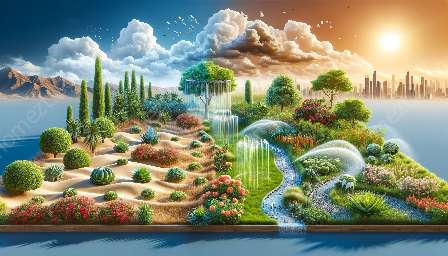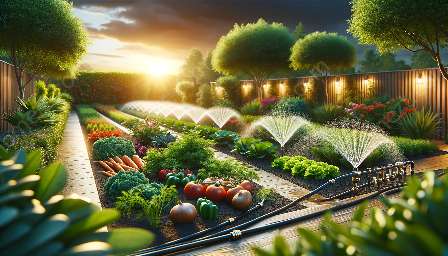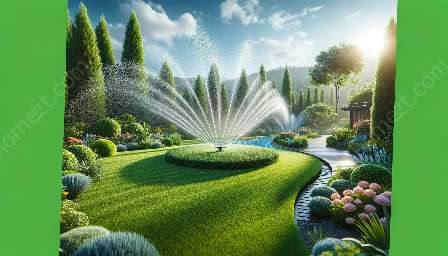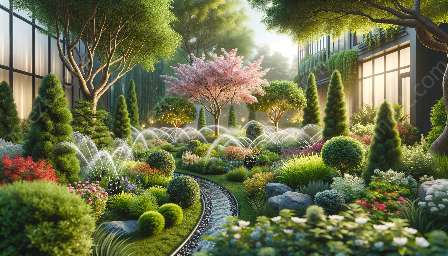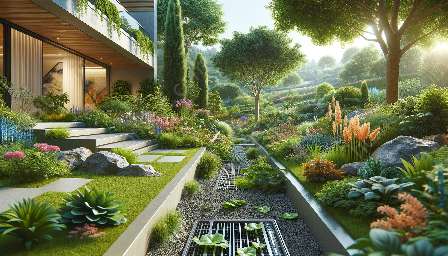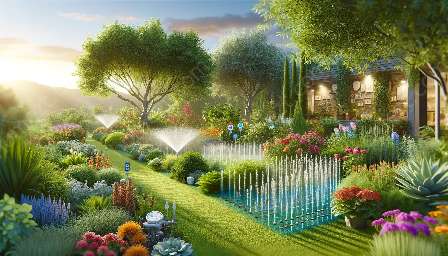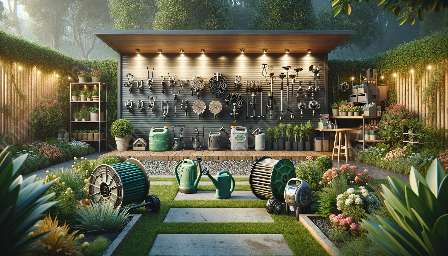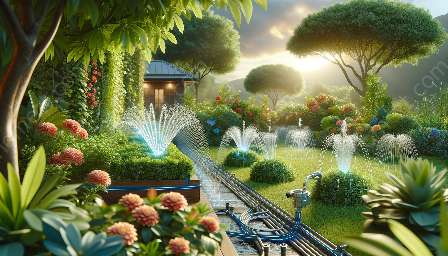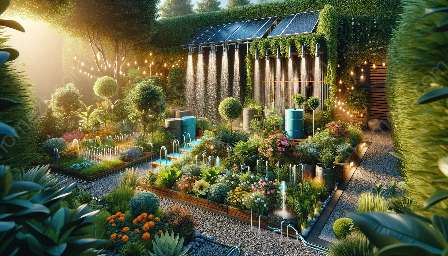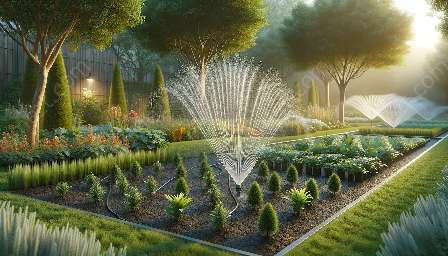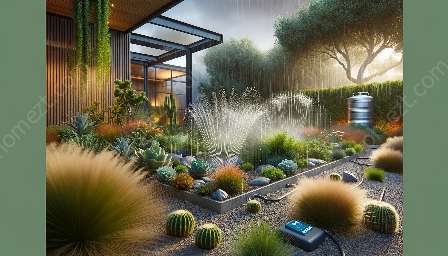When it comes to gardening and landscaping, an essential component of success is the proper watering technique. Using effective irrigation systems can ensure that your plants receive the necessary amount of water, leading to lush, healthy greenery. This comprehensive guide explores the various types of irrigation systems, their advantages, and how they can be integrated into gardening and landscaping practices.
Understanding the Importance of Watering Techniques
Watering is a critical aspect of plant care in gardening and landscaping. It directly influences the growth, health, and overall appearance of plants. Proper watering techniques can prevent under- or over-watering, which are common causes of plant stress and failure. By incorporating efficient irrigation systems, gardeners and landscapers can achieve optimal water distribution while conserving this precious resource.
The Benefits of Irrigation Systems
Conservation of Water: Modern irrigation systems are designed to deliver the exact amount of water needed by plants, minimizing waste.
Time-Saving: Automated irrigation systems save time and effort, allowing gardeners and landscapers to focus on other tasks.
Even Water Distribution: Irrigation systems ensure that all plants receive an adequate amount of water, promoting uniform growth.
Enhanced Plant Health: By providing consistent moisture levels, irrigation systems contribute to healthier, thriving plants.
Types of Irrigation Systems
1. Drip Irrigation: This system delivers water directly to the plant roots, minimizing evaporation and water loss.
2. Sprinkler Systems: Suitable for larger areas, these systems distribute water over a wide area, simulating natural rainfall.
3. Soaker Hoses: These porous hoses release water along their length, providing gradual, thorough watering.
4. Automatic Timers: These devices regulate the watering schedule, ensuring plants receive water at optimal times.
Integrating Irrigation Systems into Gardening and Landscaping
When incorporating irrigation systems into gardening and landscaping projects, several factors must be considered.
Plant Needs: Different plants have varying water requirements, so the irrigation system should be tailored to meet these needs.
Soil Type: The type of soil in the garden or landscape can affect water absorption and retention, influencing the choice of irrigation system.
Landscape Design: The layout and size of the area will determine the most effective irrigation system for efficient coverage.
Environmental Factors: Climate, sun exposure, and local water regulations should all be taken into account when selecting an irrigation system.
Conclusion
Irrigation systems not only simplify the process of watering in gardening and landscaping but also contribute to the overall health and beauty of the green space. By understanding the benefits and types of irrigation systems and integrating them thoughtfully, gardeners and landscapers can create thriving, lush environments that are sustainable and visually appealing.

